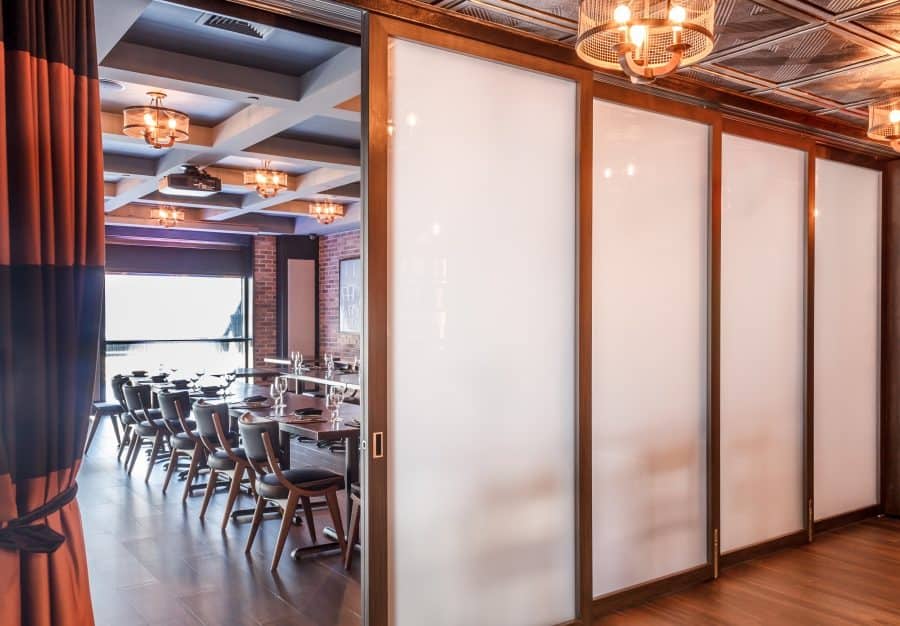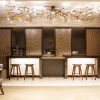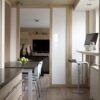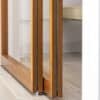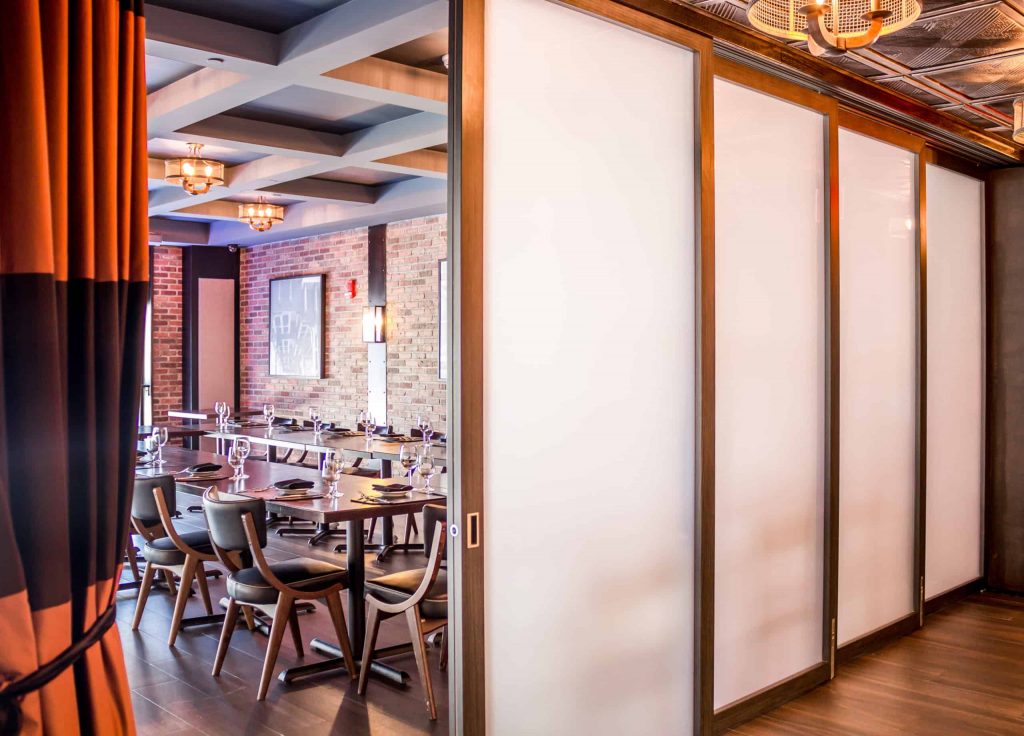
More With Less
Flexible space usage that comes with the use of room dividers (as opposed to traditional framed walls with gypsum board) is a growing trend across several markets in the building industry from hospitality to small scale residential. Whether the motivation is doing more with less space or simply not being constrained to a one room – one purpose model, a room divider can solve many issues for design and ownership entities.
Some may assume a room divider equates to an accordion door or some similarly utilitarian product, but the spectrum of products in the room dividing space has greatly diversified in recent years. Instead of being a less than attractive add-on, room dividers (or operable walls as they are often referred to) have become an integral enhancement to spaces, often allowing for privacy while still maintaining light. Instead of cloistering off sections into dark dens with dreary and plasticky accordion folders, a modern operable wall system can continue to give the feeling of an airy open plan space while allowing separate functions to occur simultaneously side-by-side.
Creative Possibilities
One of the biggest changes is in the way they operate, with multiple methods of sliding available as well as folding. Whether you want panels that link to one another in a chain, to round corners to make multiple sides of a room, or to hide away in a pocket when not in use, the ways of configuring these systems are nearly endless.
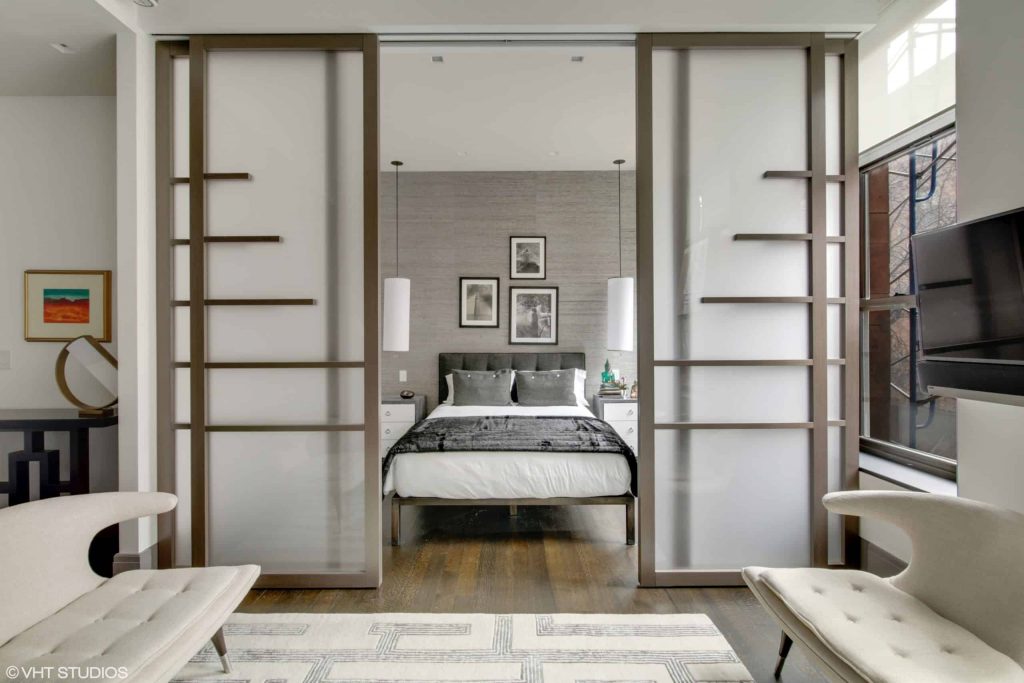
Modern Styling
Another key way room dividers have changed is aesthetically. No longer confined to drab laminates, many manufacturers offer a range of finishes that can mirror woodwork finishes used elsewhere in the space, metalwork or decorative glazing. Add to that a broad range of hardware- pulls, locks etc that make the level of customization limitless.
Certainly any product that aids an architect or interior designer in producing more versatile spaces while enhancing them aesthetically is bound to see greater popularity and room dividers have most definitely become that added tool in the design community’s repertoire.
